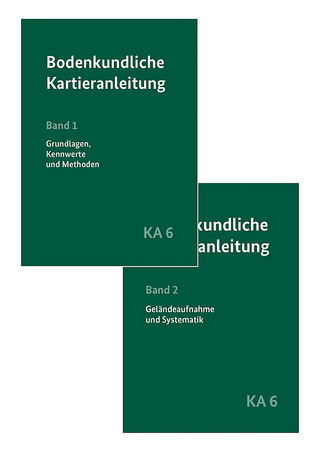
Geometric Constraints for Object Detection and Delineation
Springer (Verlag)
978-0-7923-8681-0 (ISBN)
PIVOT, the fully automated system implementing these techniques, is quantitatively evaluated on 83 images covering 18 test scenes, and compared to three existing systems for building extraction. The results highlight the performance improvements possible with rigorous photogrammetric camera modeling, primitive-based object representations, and geometric constraints derived from their combination. PIVOT's performance illustrates the implications of a clearly articulated set of philosophical principles, taking a significant step towards automatic detection and delineation of 3D objects in real-world environments.
Geometric Constraints for Object Detection and Delineation is suitable as a textbook or as a secondary text for a graduate-level course, and as a reference for researchers and practitioners in industry.
1. Introduction.- 1.1 A survey of previous research.- 1.2 An approach for generic object detection and delineation.- 1.3 The role of geometry and structural cues.- 1.4 Main contributions of this book.- 2. Object Detection and Delineation.- 2.1 Modeling image geometry.- 2.2 Primitives: generic object models.- 2.3 Bounding hypothesis space.- 2.4 Modeling 3D effects.- 2.5 Evaluating performance.- 2.6 System structure.- 3. Primitives and Vanishing Points.- 3.1 Selecting primitives.- 3.2 Rectangular and triangular volumes.- 3.3 Previous methods for vanishing point detection.- 3.4 Primitive-based vanishing point detection.- 3.5 Edge error modeling.- 3.6 Performance evaluation and analysis.- 3.7 A summary of vanishing point analysis.- 4. Geometric Constraints for Hypothesis Generation.- 4.1 Corner detection.- 4.2 Corner constraints.- 4.3 2—corners.- 4.4 Performance evaluation of corner generation.- 4.5 Generating primitives from intermediate features.- 4.6 A summary of hypothesis generation.- 5. Combining and Verifying Primitives.- 5.1 Combining primitives in image space.- 5.2 Exploiting hypothesis lineage.- 5.3 From image space primitives to object space models.- 5.4 Primitive extension: extrusion methods.- 5.5 Hypothesis verification.- 5.6 General aspects of primitive manipulation and verification.- 6. Performance Evaluation and Analysis.- 6.1 Selecting evaluation metrics.- 6.2 Reference scene model compilation.- 6.3 Comparative performance evaluation methodology.- 6.4 Baseline performance results and comparative analysis.- 6.5 Image/scene complexity and its impact on performance.- 6.6 Detection and delineation performance case studies.- 6.7 Performance evaluation: conclusions.- 7. Conclusions.- 7.1 Research summary.- 7.2 Future research and applications.- Appendices.- A-Mathematical Tools.- A.1 Coordinate systems and transformations.- A.2 The Gaussian sphere.- A.3 Vanishing points.- A.4 Backprojection.- A.5 Finite image extent bias.- A.6 2D determinant tests.- B- Experimental Results.- References.- About the Author.
| Erscheint lt. Verlag | 30.11.1999 |
|---|---|
| Reihe/Serie | The Springer International Series in Engineering and Computer Science ; 530 |
| Zusatzinfo | X, 265 p. |
| Verlagsort | Dordrecht |
| Sprache | englisch |
| Maße | 155 x 235 mm |
| Themenwelt | Naturwissenschaften ► Geowissenschaften ► Geografie / Kartografie |
| Naturwissenschaften ► Geowissenschaften ► Geologie | |
| Technik ► Nachrichtentechnik | |
| ISBN-10 | 0-7923-8681-7 / 0792386817 |
| ISBN-13 | 978-0-7923-8681-0 / 9780792386810 |
| Zustand | Neuware |
| Haben Sie eine Frage zum Produkt? |
aus dem Bereich


